(Friday/weekend blog)
In this blog I’m going to do something that might upset a few readers. I’m going to look at what the Salvation Army really does with the hundreds of millions of pounds of your money it gets every year: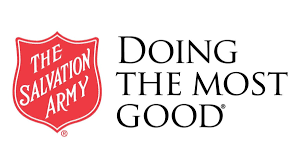
The Salvation Army is probably one of Britain’s most trusted organisations. It’s a bit of a national icon like the Queen. It’s an organisation towards which most people feel admiration, affection and pride.
Inside the Salvation Army
In my blog and in my book THE GREAT CHARITY SCANDAL I have criticised many charities for being just huge, greedy, wasteful, self-serving, bureaucratic corporate organisations with too many employees, too many over-paid and over-pensioned bosses and too little money spent on real charitable activities. But I have always felt that the Salvation Army was in some way different and better than most other charities and therefore ‘off limits’ for any investigation or criticism. I had the impression that the Salvation Army was a bit old-fashioned but still a worthy cause mainly staffed by selfless volunteers doing valuable work to help the homeless and the needy.
At least, that was what I thought until yesterday. Yesterday I got the usual Salvation Army Christmas appeal letter and I’m sure you’ve all seen the TV ads with the Salvation Army helping homeless people:
Out of curiosity I Googled the Salvation Army to look at their annual reports. I didn’t like what I saw.
The Charity Commission, the body which is supposed to regulate the �77bn a year 168,000+ charities in England and Wales (Scotland and Northern Ireland have their own charity regulators and another 30,000 to 40,000 charities) used to claim that under their wonderfully effective management of charities around �8 of every �10 donated (80%) was spent on “charitable activities”.
Let’s look at the latest figures from the Salvation Army. In the latest full financial year, the Salvation Army raised �238m and spent �233m. Of the �233m spent, just �149m went on what the Salvation Army called�“charitable activities”. So, just �6.40 of every �10 donated (64%) to the Salvation Army was spent on what the Salvation Army classed a “charitable activities”. If the Salvation Army had managed to reach �8 out of every �10 raised being spent on “charitable activities”, that would have released another �37m for “charitable activities” – �37m a year is quite a lot of money.
Are they really “charitable activities”?
At the risk of boring readers senseless, let’s take a couple of minutes to delve a bit deeper into what the Salvation Army did with the �149m spent on supposedly “charitable activities”.
Church and Evangelism Programmes – The Salvation Army spent over �49m on what they call “Church and Evangelism Programmes”. The Salvation Army report explains -�This represents Christian worship and the teaching and promotion of the Christian message at our corps, regionally and nationally. Expenditure has increased primarily due to staff pension costs and planned maintenance costs on properties.
A cynic might question whether Christian worship and teaching the Christian message, increased staff pension costs and planned building maintenance really were “charitable activities” of the sort that donors expect their money to be used on or whether these were just running expenses that should never have been classed as “charitable activities” in the first place.
Training Programmes – �6.5m was spent on Salvation Army staff training. I quote the Salvation Army report -�This represents the costs of William Booth College which trains people to become Salvation Army officers and runs education and learning programmes for employees and officers.
Of course, staff training is necessary. But is it really a “charitable activity”? Or is it just a normal running cost for any large organisation?
If we take a slightly harsher approach to the Salvation Army’s �149m spent on supposedly “charitable activities” and take out the �49m used for�Church and Evangelism Programmes, staff pension costs and planned building maintenance and the �6.5m spent on staff training at the William Booth College from spending on�“charitable activities” and include them under organisational running costs, then we end up with the Salvation Army spending �233m in the latest financial year of which only �93.5m� – �4 of every �10 spent (just 40%) – used for what most people (and especially most donors?) would consider to be genuine “charitable activities”. And that isn’t a great use of our money!!!!
I have a feeling that the Salvation Army does what many charities do – put lipstick on a pig to make themselves look better by classifying loads of costs as “charitable activities” when these costs are actually just organisational running expenses which have nothing at all to do with what most of us would describe as “charitable activities”.
Volunteers? No pay, no way!
The other image I had of the Salvation Army was that it was mainly staffed by well-meaning, possibly rather middle-aged, middle-class volunteers. This may be true. I don’t know how many volunteers work with the Salvation Army each year. But I do know that there are a possibly surprisingly large number of quite reasonably paid employees.
In 2019, the Salvation Army employed 3,031 people. As some were part-time, this equated to 2,634 what are called “full-time equivalents”. These 2,634 full-time equivalents were paid �71.3m – that’s an average salary of �27,000. The 2,770 full-time equivalents employed in 2018 were paid salaries of �65.1m – an average salary of �23,500. I wonder why the average Salvation Army employee salary shot up by 15% from �23,500 to �27,000 between 2018 and 2019? And I wonder whether most people, who donate money to the Salvation Army, are aware that they are paying �73.1m a year for the not ungenerous salaries of 3,031 full-time and part-time employees?
Now let’s quickly look at the Salvation Army big bosses. The Charity Commission requires all charities to list the number of employees being paid �60,000 or more a year specifying how many employees there are in each �10,000 band above �60,000 a year. In 2018, the Salvation Army had 36 employees being paid above �60,000. In 2019 this rose by 22% to 44 employees being paid over �60,000 a year in 2019. In 2018, the Salvation Army didn’t have any employees being paid over �150,000 a year. In 2019 one lucky individual reached this exalted status.
Conclusion?
I’m sure the Salvation Army does lots of valuable work helping those in need. But I’m far from convinced that enough of its �233m a year spending goes to what most of us would consider as genuine “charitable activities”.
Moreover, I’m more than slightly perturbed by the number of paid employees in what I had imagined was mainly a voluntary organisation and how fast these employees’ salaries seem to have risen between 2018 and 2019.
Personally. I was disappointed by what I found. I had always thought of the Salvation Army being somehow less greedy, less bureaucratic and more altruistic than many other charities. But it seems I was wrong.



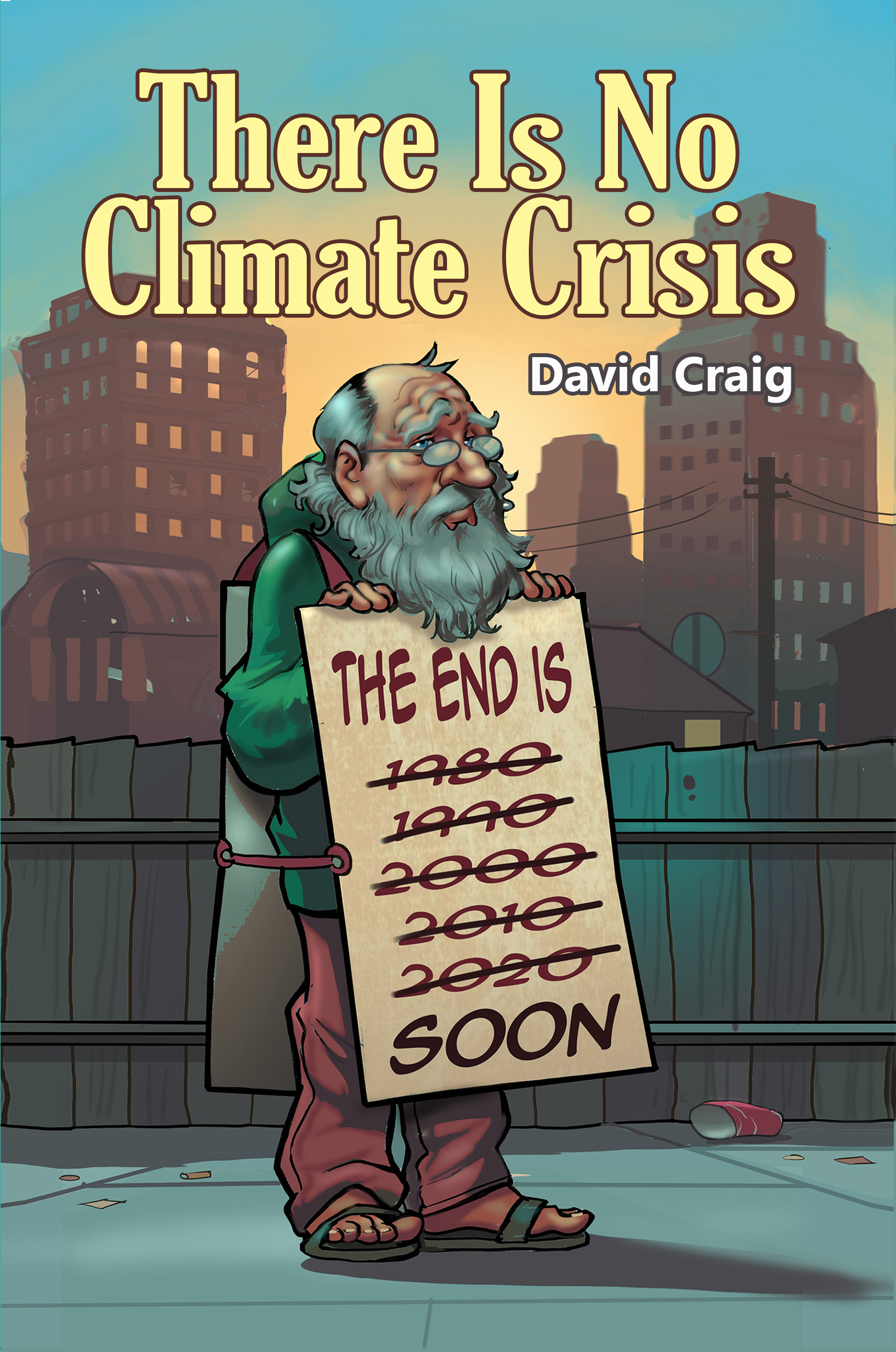
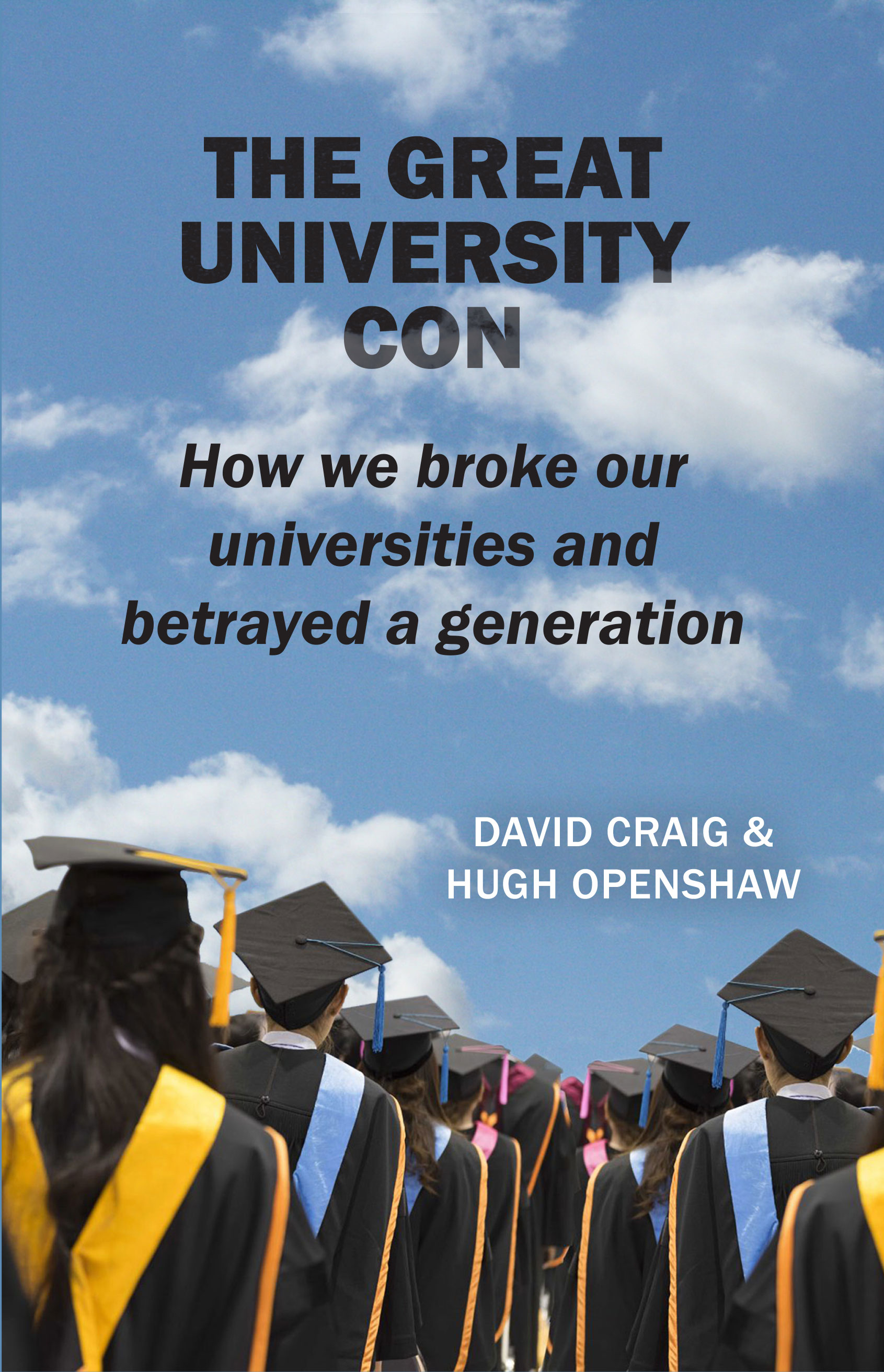



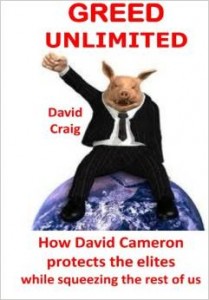
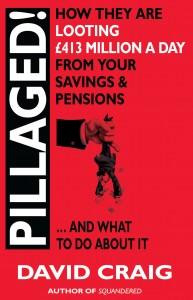






I have never given a penny to any religious organisation. I assume that they are all crooked, on the make and on the take. Proven for me by classifying running expenses as spending on charitable activities.
The money used for charitable activities would no doubt be even less than 40% of income if Salvation Army didn’t have to cultivate an image and submit financial accounts and make them available for public scrutiny. The creative accounting in its accounts proves that, in my opinion.
As usual, you have to be in the club to enjoy its privileges and benefits.
I,like you,thought that the Salvation Army was probably the last of the old fashioned charities relying principally upon volunteers to dispense help and support for the genuinely disadvantaged.I regularly give to them based on that premise.I am so disappointed but perhaps not surprised,that like many others,it has been taken over by “career” charity workers.They are quite brazen in their justification for paying themselves salaries and constructing a support network absorbing significant amounts which should be going to those in need.I shall now think twice about supporting this organisation.Welcome to modern,dishonest and morally corrupt Britain.Thank you David,for your thorough research and exposure of this .
On another point. Look up Simon Stevens CV on Google.This guy has so many fingers in so many pies I wonder he has the time.Serious conflict of interest does not come into it.Some interesting links to the usual suspects.But it is just a conspiracy theory,nothing to look at,move on.
Shame as i thought these were the good guys and to learn there are people paid �160k pa is crazy. How do these people reconcile the concept of charity with taking vast sums of money from the purpose intended – this must take psychopathic self belief and presumably hugely discourages all the genuine well meaning individuals lower down the food chain.
What happened to people retiring and taking roles in these organisations. No need for salaries as giving something back is sufficient but plenty still to give.
Look at america with Fauci, Pelosi and Biden all in their eighties or just about why are they clogging up these roles when they could be serving and giving back via work in charities for free. How much money do these people need.
Why do we need so many charities when we are supposedly better off than ever? Charities are set up to support people with problems but what is being done to avoid the problems in the first place?
This is a subjective view, but my parents’ generation and my generation mainly have stable marriages. This is not true of the following generations. Many charities support the consequences of broken marriages and relationships, with children and adults ending up homeless or with other problems. My mother came from a family of nine children and I remember her talking about the problems of putting enough food on the table, but they did it without any state support or food banks.
Where are the politicians with the vision to sort out these problems? They seem to be creating more. The church which we should expect to support marriage has given up on it to adopt mass opinion. Welby is taking a year off to spend time thinking. He has a lot to think about.
Boris and his clowns have created unimaginable problems with the Covid policies, and we don’t know the full impact yet. He is adding to this with the nonsense of advancing zero carbon policies.
Sad, I instinctively contribute to the Sally Army when I see their collectors on the basis of being impressed at their work after visiting a couple of their establishments in London years ago. I�m back supporting the Lifeboats now after stopping for a while when those Whitby lifeboatmen were sacked when a �female supervisor� (not fit to clean their boots) found pictures of naked women or something like that on some mugs at their station. I wish there were some means to give money directly to those in need. I saw a documentary featuring a young Indian girl about 13, who kept her whole family from starvation by trying to sell flowers to the occupants of vehicles temporarily parked at traffic lights and such. The abuse that poor child got, but she took it all in her stride, remained cheerful and moved on (in bare feet) to the next vehicle. Now that is a situation where I�d willing help in anyway I could.
Part of this comment has been censored by David Craig
On a similar track – I read that in a 2015 interview with Jared Ball of the Real News Network, BLM Global Network founder Patrice Cullors claimed that she and co-founder Alicia Garza were �Trained Marxists�.
So it should come as no surprise to the rest of us, even though it seems to be to BLM activists, that between July 2017 and June 2019, the BLM Global Network had spent $4.5 million on consultants, travel and salaries while giving only $328,000 to local chapters.
BLM Chapters have just noticed this. And they’re not happy, according to Twitter.
Maybe if they’d read up a bit on the history of how Marxist countries were actually run by their Marxist leaders….
Meanwhile, ‘Marxist’ Patrice Cullors has just signed what’s described as a ‘wide-ranging, multi-year’ television deal with Warner Brothers. Amazing how useful Marxist training can be in Hollyweird……
Is the USA Bolshevism Mark II? _ The same people who brought the Russian Revolution about run the US mainstream and social media and seem to have the Decadents by the nose.
Part of this comment censored by David Craig